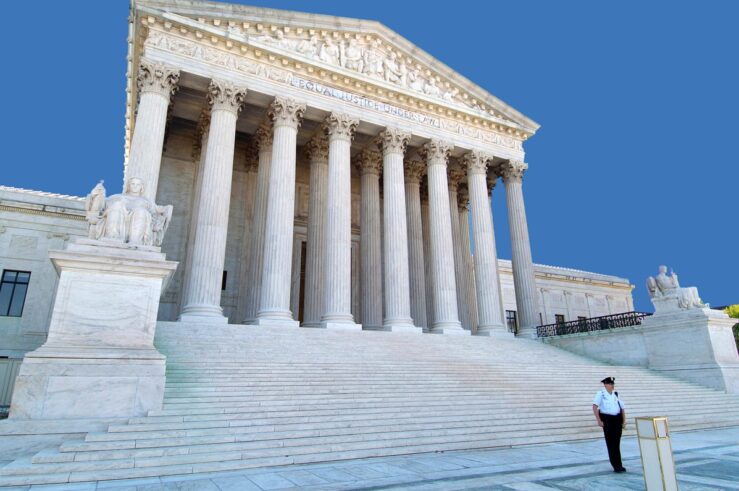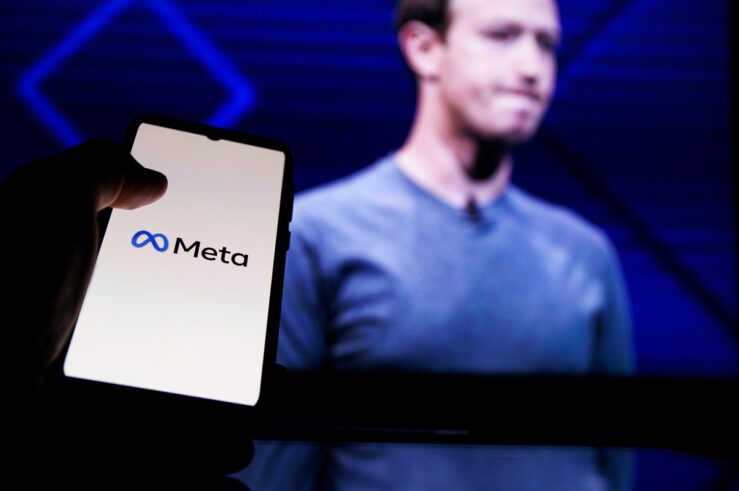A few days ago, I posted a comment about Starbucks’ recent disclosure that its average per store traffic has gone down slightly even though overall profits have gone up. I suggested a number of explanations for these phenomena consistent with a story that consumer taste for the Starbucks product has not diminished. One of these explanations was that Starbucks makes its product available to non-Starbucks retailers and that consumers may be turning increasingly to these other retailers. That is, consumers could be shifting away from Starbucks stores rather than away from the Starbucks product. In passing, I observed that Starbucks’ distribution of its product to non-Starbucks stores is proconsumer and belies the accusations of some opportunistic competitors who claim that Starbucks’ business model is anticompetitive.
Yesterday, Stephen Bainbridge helpfully pointed out that Starbucks owns its stores and does not franchise them (correcting my reference to Starbucks “franchisees”). At the same time, Stephen also notes that Starbucks does license holders of otherwise inaccessible real estate to sell Starbucks products, an arrangement that is economically indistinguishable from franchising. I appreciate this clarification from Stephen. But I also should say that the analysis and conclusions in my original post do not turn on the distinction between Starbucks owning or franchising its stores. The important point is that the Starbucks product is available at other places besides Starbucks stores, such as at Barnes & Noble. Whether these alternatives are created by franchise or license is immaterial. Stephen does not dispute my conclusion that the antitrust allegations against Starbucks are without merit. And though he presents the point as “a problem with [my] analysis,” Stephen’s correction is, as Josh explains, really factual rather than analytical.
Leaving aside the issue of why traffic is down at Starbucks stores, Stephen raises (or rather recycles from a superb earlier posting he wrote back in 2003) the important question of why some firms like Starbucks choose to own their own stores (i.e., to vertically integrate) while other firms such as Subway choose to franchise. Many great minds have weighed in on this question over the years, beginning (at least implicitly) with Ronald Coase’s great 1937 essay “The Nature of the Firm” (which uses variation in transaction costs to explain a firm’s choice between internal and external contracting) and continuing most recently with Josh’s and Larry Ribstein’s excellent postings in response to Stephen.
I wish to add here only one point to the analysis. Whatever its economic benefits, vertical integration has the added virtue that it can reduce a firm’s exposure to certain types of antitrust claims. While a franchisor and franchisee can be sued under Section 1 of the Sherman Act for anticompetitive vertical restraints (such as vertical price fixing or other forms of restricted distribution such as territorial restraints), a single firm or a parent and its wholly owned subsidiaries are immune from such suits under the Supreme Court’s Copperweld decision, which held that a firm cannot conspire with itself for purposes of satisfying the conspiracy element of Section 1. At the same time, even while reducing exposure under Section 1, vertical integration by a firm with an already high market share can increase the firm’s exposure to a monopolization (or attempted monopolization) claim under Section 2.
The antitrust factor may well be one explanatory variable in Starbucks’ decision to own its stores rather than franchise them and Subway’s decision to franchise rather than own. Starbucks has a high and growing market share in the market for retail coffee, particularly if one defines the product market narrowly to include only “high end” coffee. It is plausible that a court could find it to have some degree of “market power” (though not “monopoly power”) in this market, which makes it vulnerable to Section 1 claims with respect to its arms’ length, vertical arrangements. Owning its own stores reduces that exposure, and since the stores have been owned from the start rather than acquired later there isn’t an apparent act of monopolization that would increase the firm’s exposure under Section 2. Subway, by contrast, seems much less dominant in its product space and indeed may not even have “market power” at all. If that is right, then Subway would benefit from vertical integration much less than Starbucks does–at least from an antitrust perspective.
Needless to say, other factors may well be at work besides the antitrust factor, as Josh, Larry, and Stephen ably suggest. My point here is only to add antitrust as another variable that may well explain firm franchising behavior in some range of cases.




